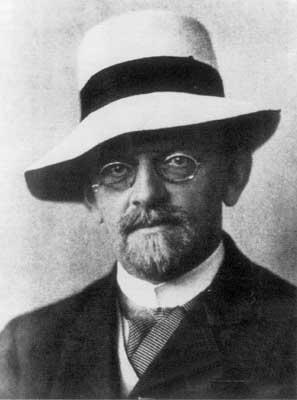(Emmy) Noether’s Theorem may be the most important theoretical result in modern physics.
Recommended read !!
By 1915, any list of the world’s greatest living mathematicians included the name David Hilbert. And though Hilbert previously devoted his career to logic and pure mathematics, he, like many other critical thinkers at the time, eventually became obsessed with a bit of theoretical physics.
With World War I raging on throughout Europe, Hilbert could be found sitting in his office at the great university at Göttingen trying and trying again to understand one idea—Einstein’s new theory of gravity.

Göttingen served as the center of mathematics for the Western world by this point, and Hilbert stood as one of its most notorious thinkers. He was a prominent leader for the minority of mathematicians who preferred a symbolic, axiomatic development in contrast to a more concrete style that emphasized the construction of particular solutions. Many of his peers recoiled from these modern methods, one even calling them “theology.” But Hilbert eventually won over most critics through the power and fruitfulness of his research.
For Hilbert, his rigorous approach to mathematics stood out quite a bit from the common practice of scientists, causing him some consternation. “Physics is much too hard for physicists,” he famously quipped. So wanting to know more, he invited Einstein to Göttingen to lecture about gravity for a week.
